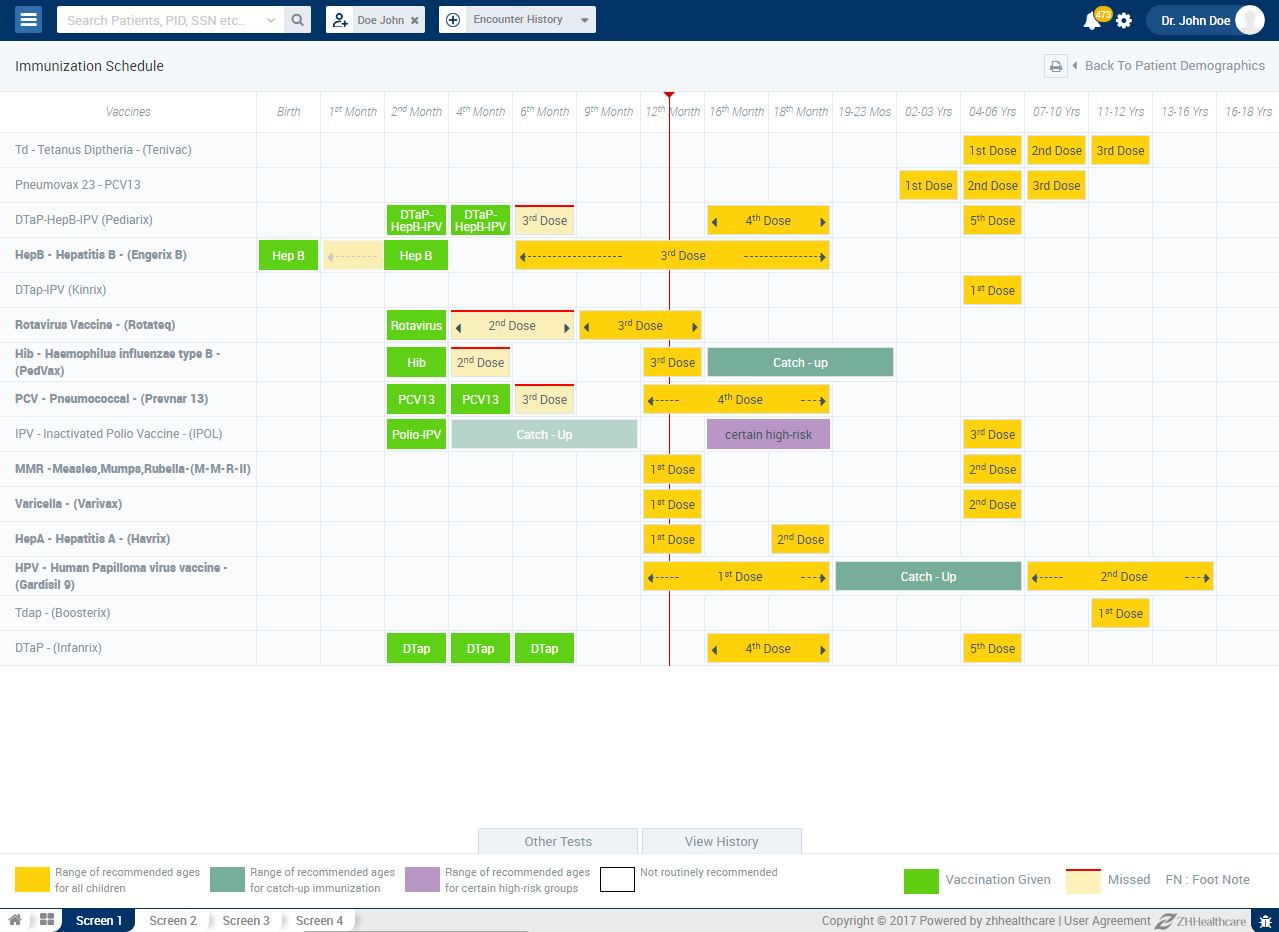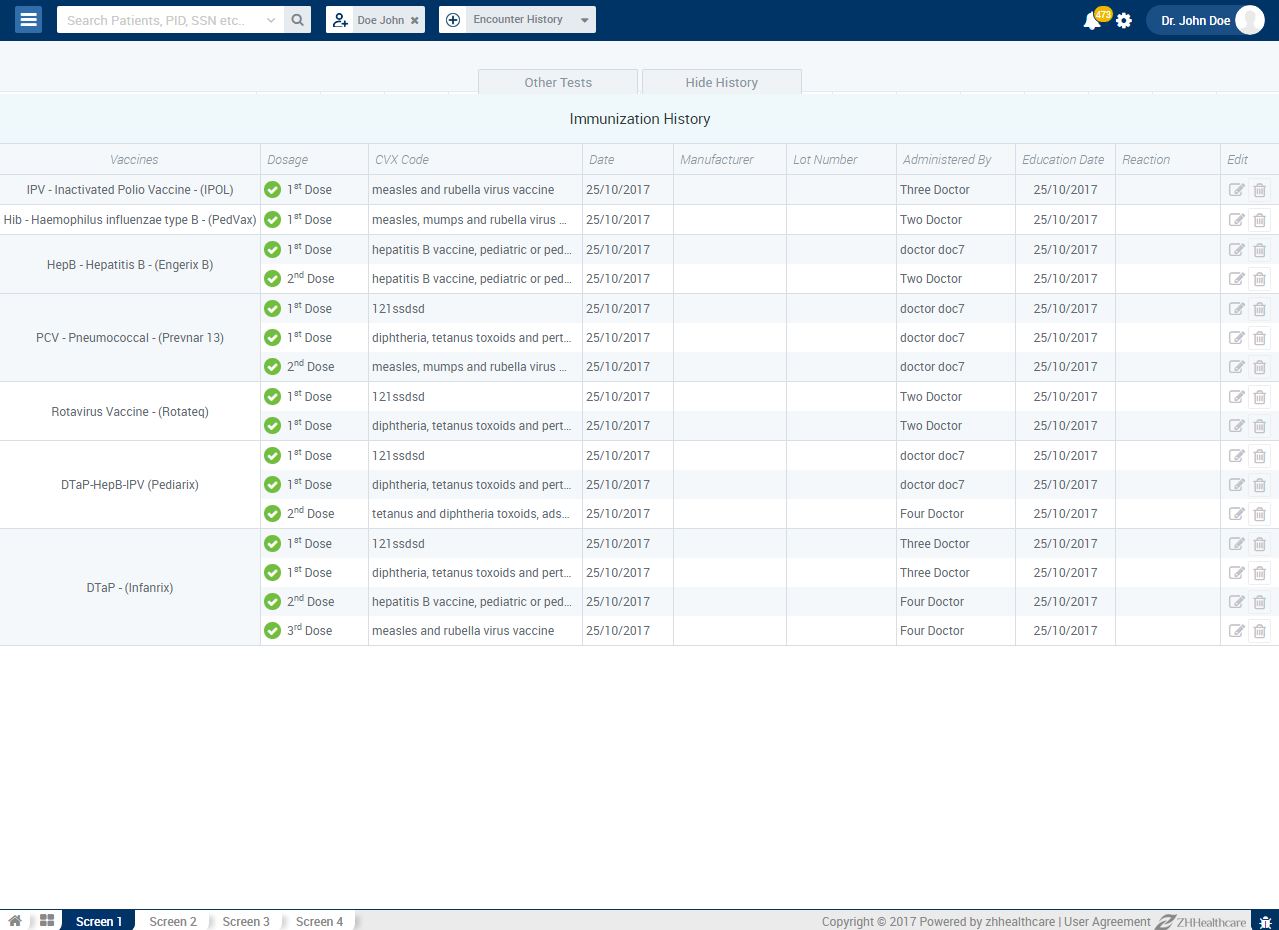3 Major Issues with Immunization Records Management (and How an EHR Can Help)

In today’s day and age, it’s fair to say that immunizations could be one of the most costly aspects of pediatric healthcare (and perhaps healthcare overall). The cost of vaccinations has skyrocketed in the last decade. In 1986, the average cost to fully vaccinate a child with private insurance to the age of 18 was just $100. In 2014, that cost was $2,192 – more than a 2000% increase.
Considering this cost, immunizations can make up a significant portion of a pediatric provider’s revenue loss. Providers, office staff, and doctors are all human – there is sometimes a limit to how much we can track and keep organized. And even if we are lucky enough to have structured organization, those systems can be cluttered and difficult to access. If vaccines are harder to track and understand how they’re being used, then a provider is losing money. Many EHR systems can help track planned vaccinations, but oftentimes the capability stops short. There are three main immunization record issues an EHR can help solve.
1. Human Error
EHR users are human… and sometimes humans make mistakes. It might be a missed appointment reminder or the wrong vaccine or dosage. An EHR should have an interface specifically designed to easily show immunization records, to prompt a provider when to give what vaccine.
For example, blueEHR was designed to be flexible and customizable, easily able to cross state and country borders. The immunization record module is easily configured to fit the specific needs of a particular provider (and their patients) as well as regulations in the region of use.

The module provides predefined vaccination dosages based on particular regulatory requirements and a particular patient’s demographics. Within the system, vaccines populate the left side of the screen, with a patient care timeline and specific dosage clearly defined in the rows to the right. The immunization record module is set to highlight missed doses and easily chart the timeline of follow-on doses.
In this example of a pediatric system, a vertical red line within the immunization record indicates the child’s current age, allowing the doctor to make up for any missed doses (if still possible) and easily see what the requirement is for upcoming care. High risk months are differentiated with color.
From two tabs at the bottom of the screen, providers have access to patient history and ‘other tests’ that might fall under a common pediatric care plan, such as phenylketonuria (PKU) test, a hearing screen, and a tuberculosis (TB) purified protein derivative (PPD) skin test.
2. Visibility
Clunky, confusing EHR systems slow their users, making simple task infinitely more difficult. EHR software should be easy to navigate and find information (although oftentimes this is not the case, which is why they are bemoaned as a major cause of physician burnout).
blueEHR navigation allows a provider to reach the immunization records in a number of different ways – through the demographics page, the encounter directly, or through a widget.
Each screen is printable in multiple formats – allowing the provider to easily produce the information needed specifically to refer a patient to a specialist or provide a parent vaccination forms for school.

Perhaps most importantly for reducing revenue loss, however, the immunization records module links directly to two other components: inventory and billing.
3. Tracking stock and getting paid
Vaccines are some of the more expensive components of pediatric care. If stored improperly, they can lose their effectiveness, if not go bad entirely. The immunizations and inventory connection allows stocked vaccinations to be managed more effectively, saving cost and reducing waste. Within billing, the immunization details automatically populate relevant information such as CPT codes and dosage. Everything is designed specifically for the provider using the system – billing codes are configurable and the immunization records module can fit into whatever unique workflow fits the needs of the practice.

The immunization records module in an EHR can (and should) make a provider’s most diverse needs easy to manage by bringing it together in one place. Better dosage and vaccination tracking, as well as integrated billing, can reduce revenue loss and improve care coordination across the board.